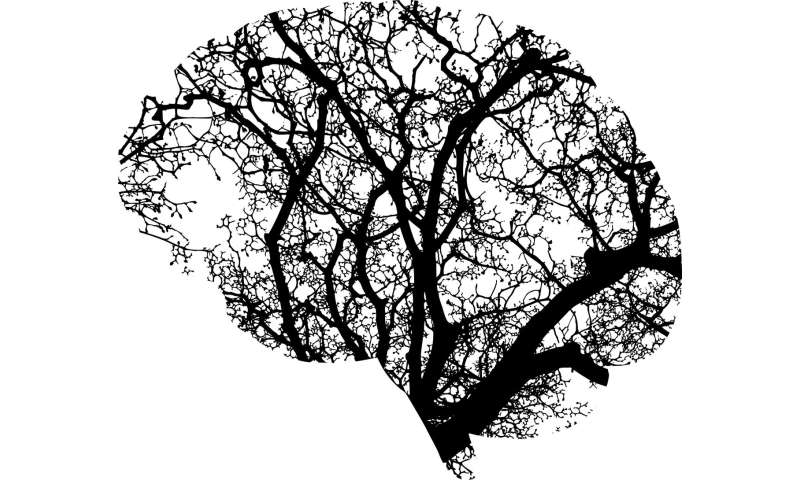
Even healthy brains become less efficient as they age, but they do so at different rates for different tasks in different people. Understanding what contributes to this decline, and the ways in which that decline varies, can provide significant insight into the function of the brain.
In a new study, researchers at The University of Texas at Dallas documented how some parts of the brain perform differently over time in response to various kinds of visual input.
A team from the Center for Vital Longevity (CVL) analyzed a phenomenon called neural dedifferentiation, in which regions of the brain that normally are specialized to perform distinct tasks become less selective in their responses to stimulus types.
“Regions of the brain are not equally sensitive to age,” said CVL director Dr. Michael Rugg, a professor in the School of Behavioral and Brain Sciences and corresponding author of the study. “In particular, those that selectively respond to visual scenes seem to be the most sensitive.”
The article was published April 27 in the Society for Neuroscience’s eNeuro journal.
It’s long been known that some regions of the cerebral cortex, the brain’s outer layer, are specialized for processing certain classes of stimuli.
“In the last 30 to 40 years, we’ve discovered that there appear to be regions of the cortex that respond selectively to different visual categories,” said Rugg, the Distinguished Chair in Behavioral and Brain Sciences. “This study specifically examined regions specialized for the processing of faces or visual scenes. This division of responsibilities is what we call differentiation.”
As people age, it’s believed that the brain loses some of this ability to compartmentalize, and instead regions call on resources that are not specialized for that task. This process is called dedifferentiation.
“The average older person has less distinct activity, less compartmentalization, when they respond to different types of visual stimuli,” Rugg said. “Using functional MRI (fMRI), we can measure how selective a region of the brain is for its preferred stimulus. Some people have stronger differentiation than others.”
The researchers used fMRI to examine the brains of healthy adults—24 men and women between 18 and 28 years old and 24 between 65 and 75 years old. They mapped how regions of the brain’s visual cortex activated in response to words paired with pictures of faces or scenes. The participants underwent fMRI scans while studying words paired with images of scenes or faces before a subsequent memory task.
“Our participants’ tasks were—for each word they saw—to imagine the object that word represented,” Rugg said. “If they then saw a scene, they had to imagine that object interacting with that scene. If they were presented with a face, they had to imagine how the person with that face would interact with that object.”
Further tests were done to rate the quality and retention of the information. Participants were asked to rate how vividly they could picture the combination of the word with the face or scene. Later, they were tested on retrieval—they were asked to recall if a word was paired with a face or a scene.
The study revealed that scene-selective cortical regions—those that activate when viewing scenes rather than objects or faces—are more sensitive to age than face-selective regions.
UT Dallas cognition and neuroscience doctoral student Sabina Srokova, the lead author of the paper, explained the importance of determining the nature of the difference in processing scenes across age.
“We know these regions are important for spatial processing—placing things in the environment and navigating one’s surroundings,” she said. “If older adults are not as efficient in placing information within a scene, or extracting information from a scene, that may be what is reflected by neural dedifferentiation in these regions.”
The cause behind the gap in differentiation between face and scene regions remains unexplained. It may come down to a life’s worth of sensory input, which appears to matter more for scenes than for faces.
“You accumulate experience gradually in processing scenes. By age 70, you have very well-formed expectations,” Rugg said. “So, one reason why you might see this reduction in selectivity is that scenes are not as surprising or novel as they are for younger people, who have accumulated less knowledge about the world. By comparison, we’re face experts by the time we’ve entered our teens.”
The researchers also tied the strength of a region’s neural differentiation to stronger memory across all ages.
“The more differentiation, or specialization, identified in scene-sensitive areas, the better memory was in later testing—equally so for older and younger people,” Rugg said.
Source: Read Full Article





